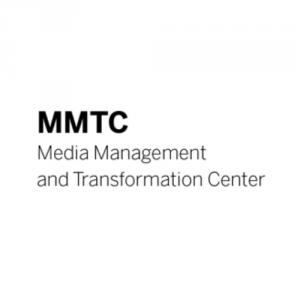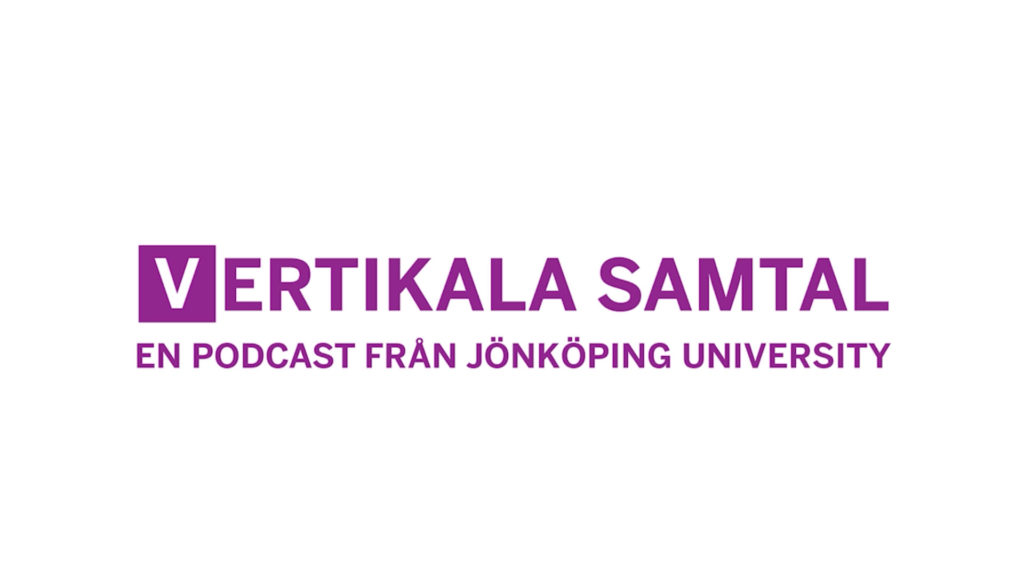Media Management and Transformation Centre (MMTC) at JIBS
Resource Scarcity Affects Conditions for Business Model Innovation in SMEs
While constraints in their resource endowment hinder SMEs to develop the same competitive advantages as larger firms, business model innovation is a suitable method for SMEs to develop and maintain a competitive position despite their resource scarcity. In their thesis, MMTC 2019 thesis award winners Peter Leonhard and Marius Stolz, explore how resource scarcity in SMEs affects conditions for business model innovation whilst suggesting benefits to collaboration and practical ways for managers in SMEs to respond.

Lacking the resources and size to compete with large firms through quantity or price, SMEs focus instead on providing niche market solutions that provide customized solutions. SMEs are able to maintain a close relationship and focus on their customers. Though SMEs are constrained in their resources, particularly, in terms of human and financial resources, they can compensate for these constraints, by placing a strong emphasis on collaborations with external partners in their network. In doing so, SMEs rely on their partners to take over parts of their value creation process or leverage them to extend their own value offerings.
Business model innovation can be a helpful tool for strategic planning in SMEs to overcome size and resource-related disadvantages when pursuing competitive positioning. It is therefore important for managers to identify suitable measures to cope with these constraints and adopt business model innovation strategies to successfully compete with their large counterparts.
Leonhard and Stolz suggest two practical areas where managers in SMEs can act to increase the effectiveness and competitiveness of the firm.
1. Establish a Culture of Empowerment and Autonomy within the company
SMEs show difficulties in exploiting external opportunities in part because the employees with the required technical skillsets are missing along with the potential to afford complementary assets such as new technologies. They, therefore, have to focus on internal developments as opportunities for improving their business model, such as improving internal processes or the use of existing resources. Existing employees are often able to see these opportunities. Leonhard and Stolz suggest creating a culture of empowerment and autonomy through which employees are encouraged to engage in solution-oriented thinking and develop a workflow of active searching for improvements to the existing operations. Such a workflow could be established through regular meetings or by inviting employees to propose their own ideas for the benefit of the firm. Providing employees with autonomy through including them in the decision-making processes enhances their motivation to participate in the company’s innovation efforts. Empowered employees, with appropriate autonomy, will more independently seek opportunities for business development. In this context, informal communication, as well as flat hierarchies, prove to support this culture, as employees talk more openly with each other as well as upwards toward the top management about potential improvements.
2. Establish Collaboration with Educational Institutions
SMEs balance missing technical knowledge and resources through successful collaboration with external partners. These collaborations allow SMEs to react upon external opportunities and threats. Leonhard and Stolz note that SMEs engaging in collaborative efforts with universities can benefit from knowledge transfer as well as the experimentation with technologies. They propose that in expanding collaborative endeavours with universities SMEs gain access to state-of-the-art knowledge for the purpose of knowledge transfer; engage in cost-effective collaborations, and gain access to candidates thus allowing SMEs to fight their scarcity regarding employees with technical skills.
Philippa Berglund
Koordinator MMTC
philippajoy.berglund@ju.se
Detta är en bloggtext. Det är skribenten som står för åsikterna som förs fram i texten, inte Jönköping University.


.png)

